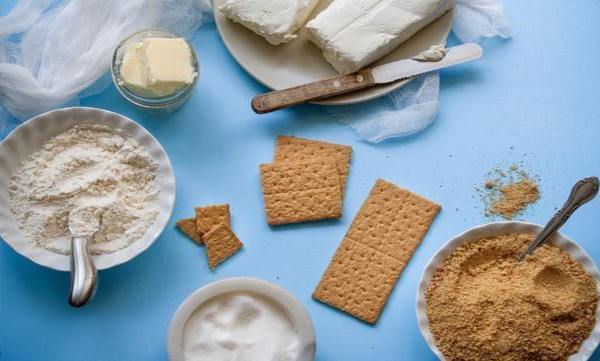The process of baking is an adventure within itself, from getting the right ingredients to properly mixing them together, to setting the oven to the right temperature, and so on. Sometimes, when following a recipe, you may come across some unfamiliar yet “fancy” terms. Here are 6 baking terms you might see in your next favorite recipe, explained to help your delicious adventures go as smoothly as possible:
Bain Marie - In simple terms, this is a hot water bath. No, not for you to enjoy a relaxing evening with a bubbles in a tub. A bain-marie is used for foods that need a more gentle heat application, like custards or cheesecakes. How it works is a larger baking dish is filled with hot water and your recipe goes within that, in individual ramekins or another dish, and then is placed into the oven to be baked. The water around the ramekins allows the heat to be distributed equally thus maintaining the delicate and creamy texture of your creation. See It in Action
Blind Bake - Sounds a little scary, right? Don’t worry, blind baking is also called prebaking, which is commonly used to bake pie crusts. This is especially important if your filling is a custard or cream that does not need to be baked. Other than that, the process is as simple as making the crust, shaping it in a bowl, chilling it for a little bit, covering it with parchment paper, and filling it with either pie weights or sugar...or even dry rice! (Surprising? Its weight can be evenly distributed and it fills every crevice of the crust, stopping any of it from puffing up), and baking until a nice golden brown color is attained. See It in Action
Beurre Noisette - You may know this as brown butter, literally just melted better. This secret sauce can be added to almost any recipe that calls for butter, or it can be used as sauce on top or on the side of a dish. The key to making beurre noisette is figuring out the right time to remove it from the stove, which is noted by the nutty aroma that starts to permeate the air when it is ready. Make it Yourself
Dash - A lot of recipes call for a dash of salt. But what does that really mean? Technically speaking, a dash is a measurement that is about 1/8 of a teaspoon. If a recipe calls for a pinch of salt, that is equivalent to 1/16 of a teaspoon; if it calls for a smidgen, that is equivalent to 1/32 of a teaspoon. If a dash refers to a liquid, it would be about 4 or 5 drops of it. Make It Yourself
Fondant - Fondant is a more common term in the world of cake decorating, however it consists of some details you may not have known before. Although considered an icing, fondant has a thicker and more pliable texture which can be rolled or shaped into beautiful decorations. It is a relatively simple mixture of gelatin, corn syrup, and sugar, and an allergen-free substitute for marzipan, a similarly textured cake decoration. Need some inspiration? Catch an episode of Cake Boss where fondant is a staple in their decorations.
Ganache - Just saying the word aloud makes your mouth water. If you don’t know what ganache is, it is the mixture of melted chocolate and cream. Different proportions lead to different consistencies of the ganache, so it is important to know what you want before you start making it, because the chocolate may firm up quickly after you make it. Our favorite applications of ganache...or Make It Yourself

